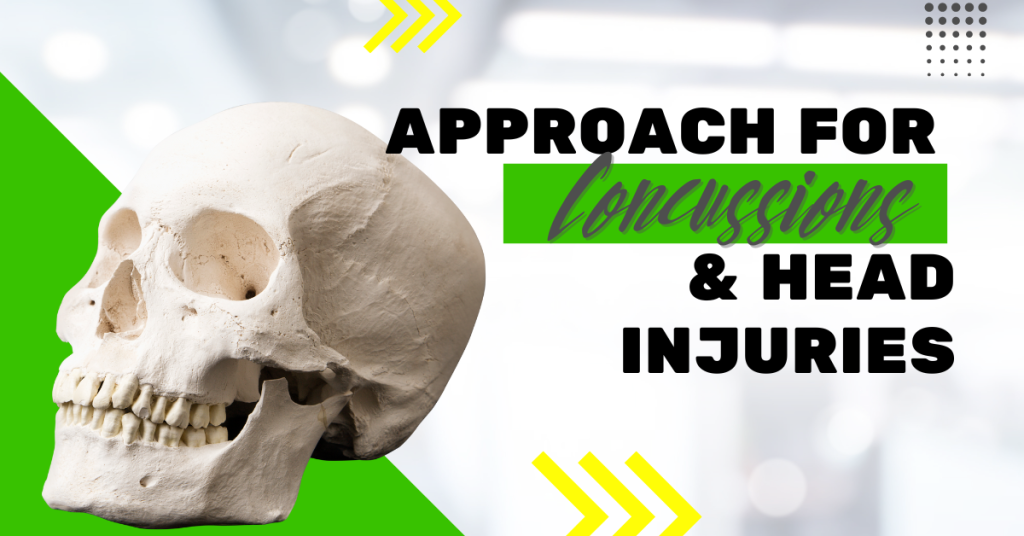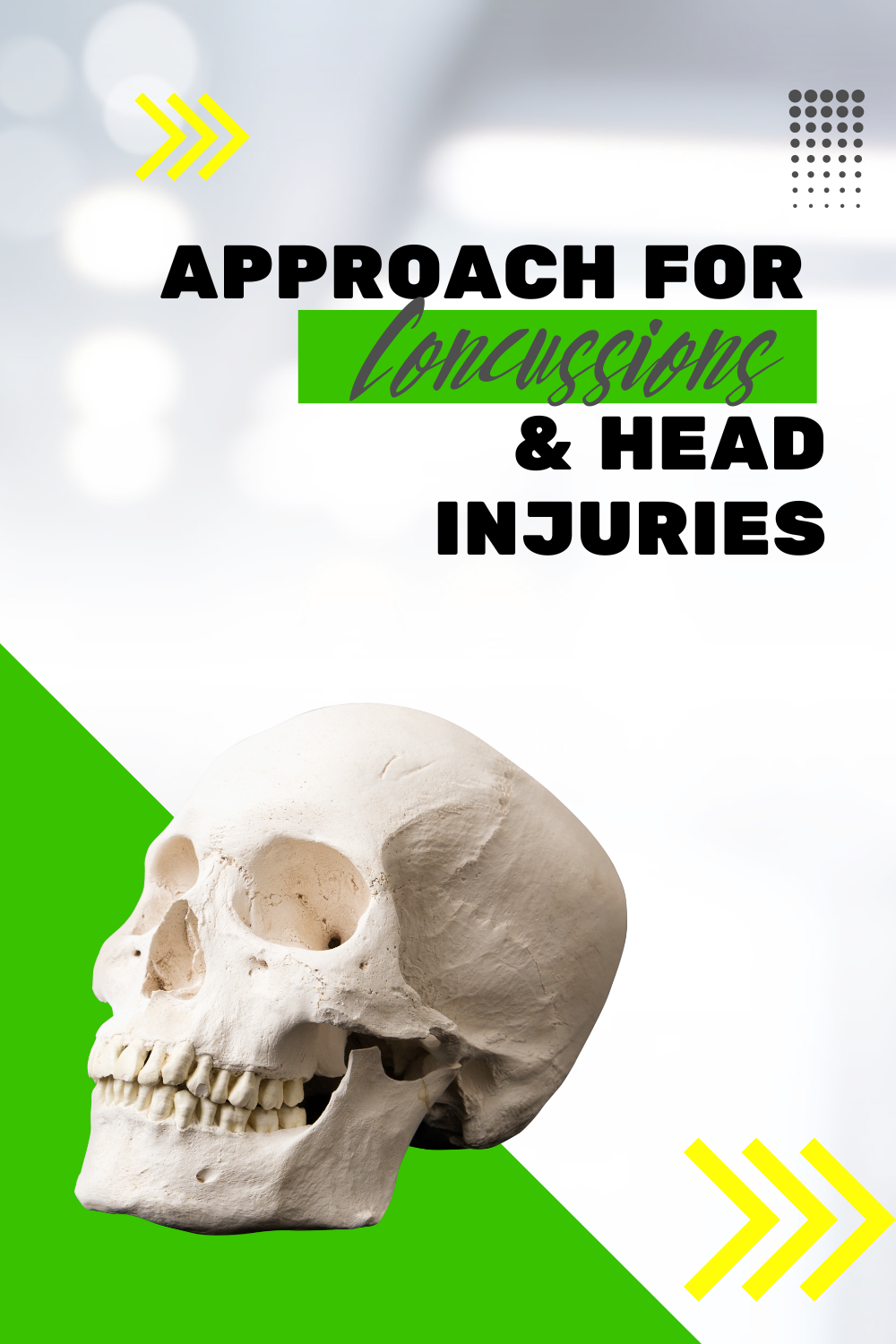Approach for Concussion and Head Injuries

Concussions and head injuries are significant health concerns, particularly among athletes, accident victims, and military personnel. While conventional treatments focus on symptom management, emerging alternative therapies offer hope for a more comprehensive recovery. One such promising approach is the nasal release technique (NRT). This article explores how NRT can potentially aid in the healing process for individuals suffering from concussions and other head injuries.
Understanding Nasal Release Technique:
Nasal Release Technique, also known as cranial release technique or balloon-assisted cranial adjusting, is a non-invasive procedure that involves gently inflating small balloons within the nasal passages. By accessing specific areas within the skull, NRT aims to restore optimal alignment and function of the cranial bones, thereby promoting overall well-being and potentially aiding in the recovery from head injuries.
The Connection to Concussion and Head Injuries:
Concussions occur when a blow to the head or sudden jarring causes the brain to collide with the skull, resulting in damage to brain tissue and neurological disruption. Common symptoms include headaches, dizziness, memory problems, and difficulties with concentration. While traditional treatments focus on rest, cognitive rehabilitation, and symptom management, NRT offers a different perspective on the healing process.
Mechanism of Action:
Nasal Release Technique operates on the principle that the skull and its cranial bones play a crucial role in the body’s overall health and well-being. By gently manipulating the cranial bones, NRT practitioners aim to release any restrictions or misalignments that may impede the body’s innate healing mechanisms. This approach is thought to enhance cerebral fluid circulation, optimize brain tissue oxygenation, and promote the restoration of neurological function.
Benefits and Potential Outcomes:
Proponents of Nasal Release Technique suggest that the therapy can provide several benefits for individuals recovering from concussions and head injuries. These potential outcomes include:
- Enhanced cranial bone alignment: By addressing cranial misalignments, NRT may help restore optimal skull function and alleviate any undue pressure on the brain.
- Improved cerebral fluid flow: The gentle inflation of the balloons during NRT is believed to facilitate the movement of cerebral spinal fluid, potentially aiding in the clearance of waste products, and facilitating healing.
- Restored neurological function: NRT’s focus on cranial realignment may help reduce inflammation and optimize neurological pathways, potentially improving cognitive function, memory, and concentration.
- Alleviation of symptoms: NRT’s holistic approach may help reduce the severity and duration of concussion-related symptoms such as headaches, dizziness, and cognitive difficulties.
The Need for Further Research:
While the potential benefits of Nasal Release Technique for concussion and head injury recovery are promising, it is important to note that scientific research in this specific context is still limited. Rigorous studies exploring the efficacy, safety, and long-term outcomes of NRT for head injuries are necessary to establish it as a mainstream treatment modality.
As the understanding of concussions and head injuries evolve, alternative therapies like Nasal Release Technique offer hope for individuals seeking comprehensive recovery. By addressing cranial misalignments and optimizing neurological function, NRT has the potential to provide valuable support in the healing process. However, further research is needed to substantiate its effectiveness fully. Individuals considering NRT as part of their treatment plan should consult with healthcare professionals experienced in this technique and maintain open communication to ensure comprehensive care and a safe recovery journey.
Conquer Concussion™, created by Cynthia Stein, PT, MEd, aims to educate the public on concussion treatments. Cynthia devoted her time and resources to extensive training in various alternative techniques, including craniosacral therapy, myofascial release, nasal release technique, lymphatic drainage, and Pulsed Electromagnetic Frequency (PEMF).
“Concussion is a complex issue that requires careful monitoring. The treatment goal is to facilitate the release of forces in the skull, leading to improved brain nourishment.”
Register to learn Nasal Release Technique: http://conquerconcussion.com/classes/

